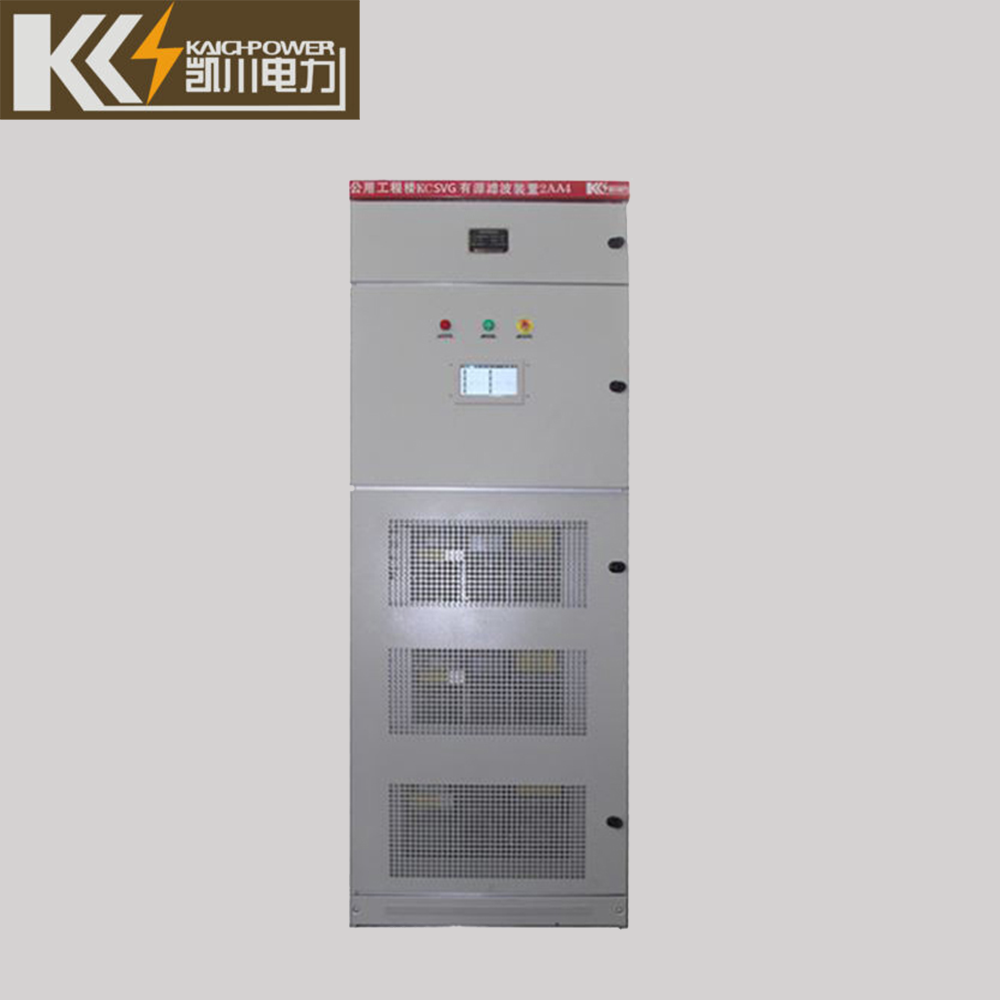
A Static Var Generator (SVG) is a power electronic device that is used to control and regulate the reactive power flow in an electrical system. It is an important component in power systems as it helps maintain the desired voltage levels and improve power quality.
How does a Static Var Generator work?
The SVG works by continuously monitoring the voltage and current in the electrical system and adjusting its output accordingly. It operates by injecting or absorbing reactive power into the system, which helps to balance the reactive power demand and supply.
The SVG consists of a voltage source converter (VSC) that is connected in parallel with the electrical system. The VSC is controlled by a sophisticated control algorithm that ensures the SVG responds quickly and accurately to changes in the system conditions.
Benefits of using a Static Var Generator
There are several benefits of using an SVG in an electrical system:
- Improved power factor: The SVG helps to improve the power factor of the system by injecting or absorbing reactive power as required. This helps to reduce the overall reactive power demand and improves the efficiency of the system.
- Voltage regulation: The SVG helps to regulate the voltage levels in the system, ensuring that they remain within the desired range. This is especially important in systems with fluctuating loads or when connecting renewable energy sources.
- Enhanced power quality: The SVG helps to mitigate voltage fluctuations and harmonics in the system, improving the overall power quality. This is important for sensitive equipment and helps to prevent damage or malfunction.
- Increased system stability: By regulating the reactive power flow, the SVG helps to improve the stability of the electrical system. It helps to dampen voltage fluctuations and maintain a stable voltage profile, reducing the risk of voltage collapse or system instability.
- Flexibility and scalability: The SVG can be easily integrated into existing electrical systems and can be scaled up or down based on the requirements. This makes it a versatile solution for a wide range of applications.
Applications of Static Var Generators
The SVG is used in various applications across different industries:
- Power transmission and distribution: The SVG is commonly used in power transmission and distribution systems to regulate voltage levels and improve power quality. It helps to compensate for reactive power fluctuations caused by changing loads or renewable energy sources.
- Industrial applications: The SVG is used in industries such as steel, mining, and manufacturing, where there are large and fluctuating reactive power demands. It helps to improve power factor, reduce energy losses, and enhance the overall efficiency of the system.
- Renewable energy integration: The SVG plays a crucial role in integrating renewable energy sources, such as wind and solar, into the grid. It helps to manage the reactive power fluctuations caused by the intermittent nature of these energy sources and ensures a stable and reliable power supply.
- Data centers: Data centers require a stable and reliable power supply to ensure uninterrupted operations. The SVG helps to regulate voltage levels and improve power quality, reducing the risk of equipment failure or downtime.
- Electric vehicle charging stations: The SVG is used in electric vehicle charging stations to regulate voltage and power factor, ensuring efficient and safe charging of electric vehicles.
In Conclusion
A Static Var Generator is a crucial component in power systems that helps to regulate reactive power flow, improve power quality, and enhance system stability. Its ability to inject or absorb reactive power as required makes it a versatile solution for a wide range of applications. Whether it is in power transmission and distribution, industrial applications, renewable energy integration, data centers, or electric vehicle charging stations, the SVG plays a vital role in ensuring a reliable and efficient electrical system.